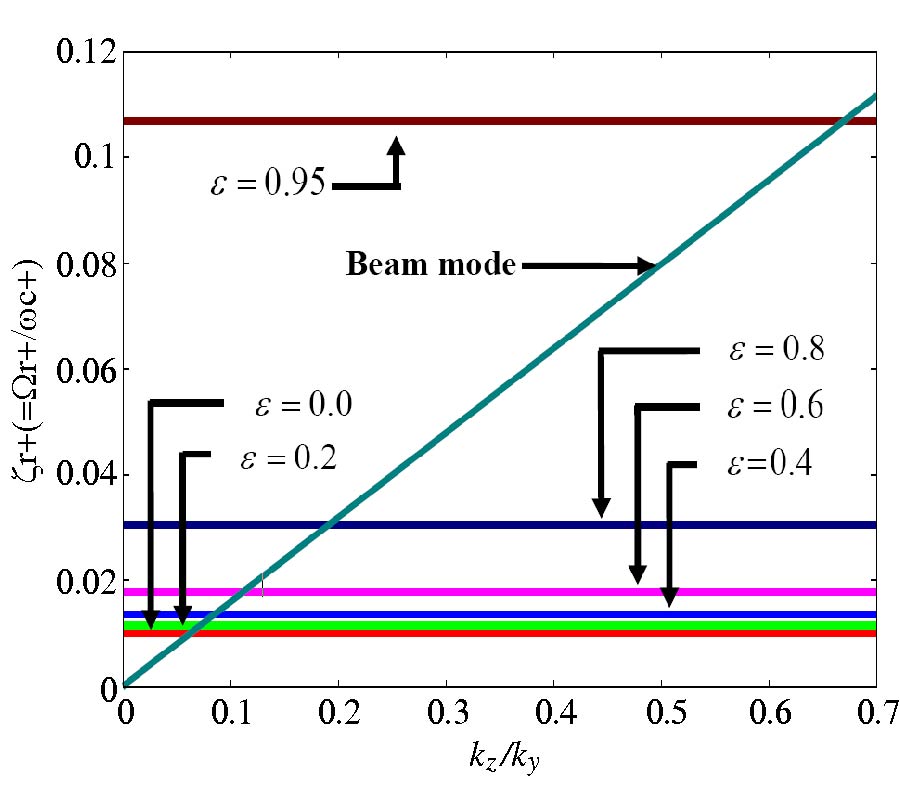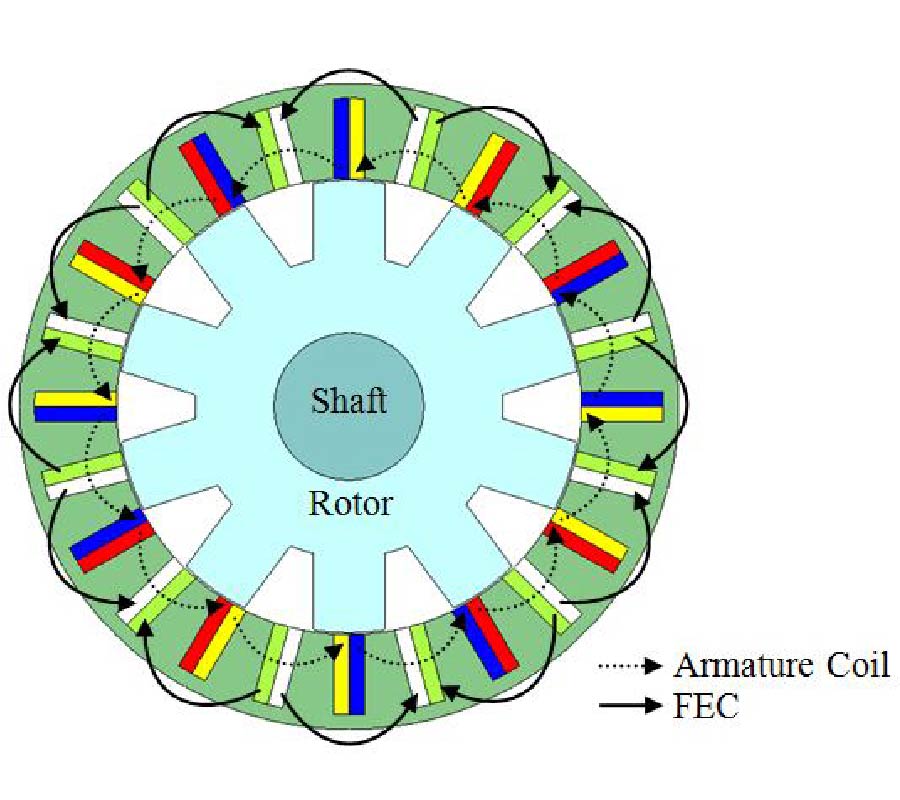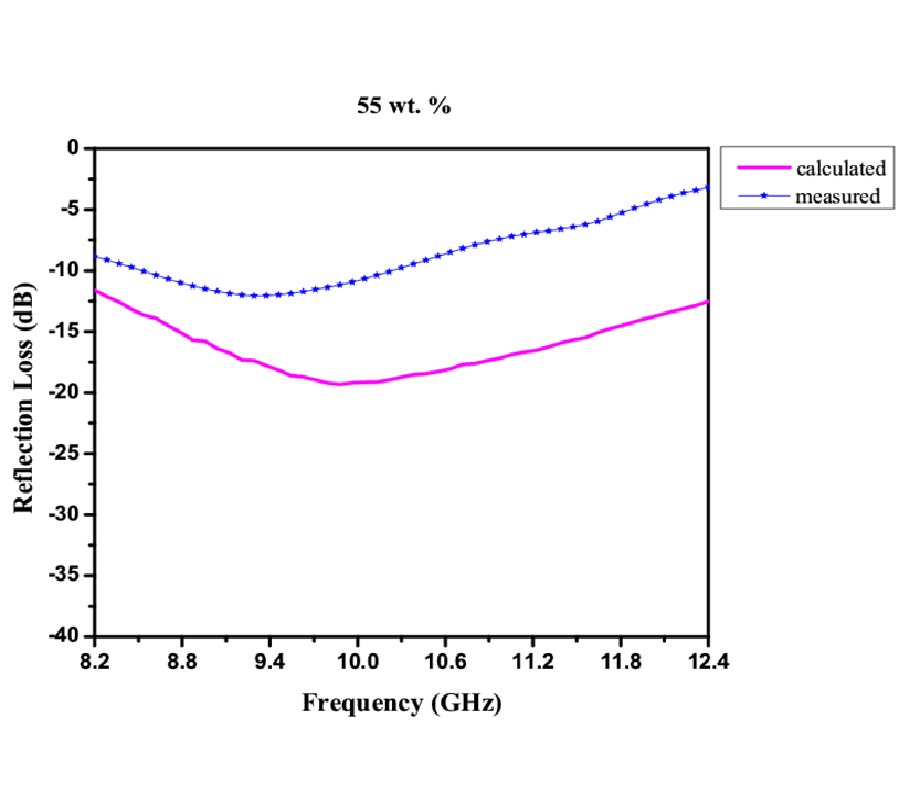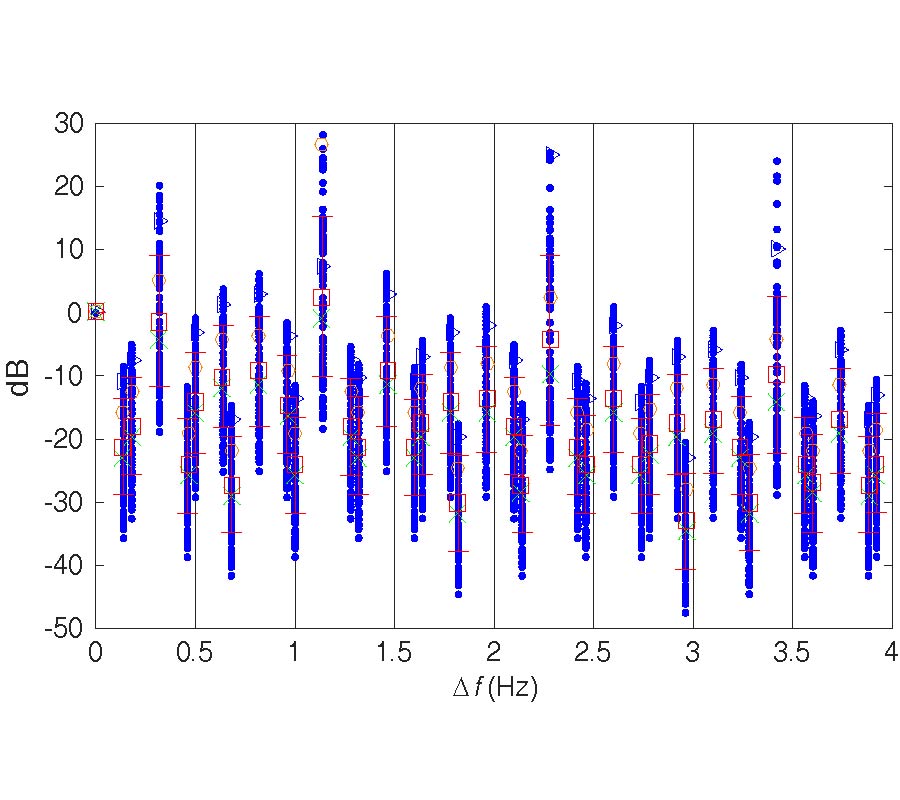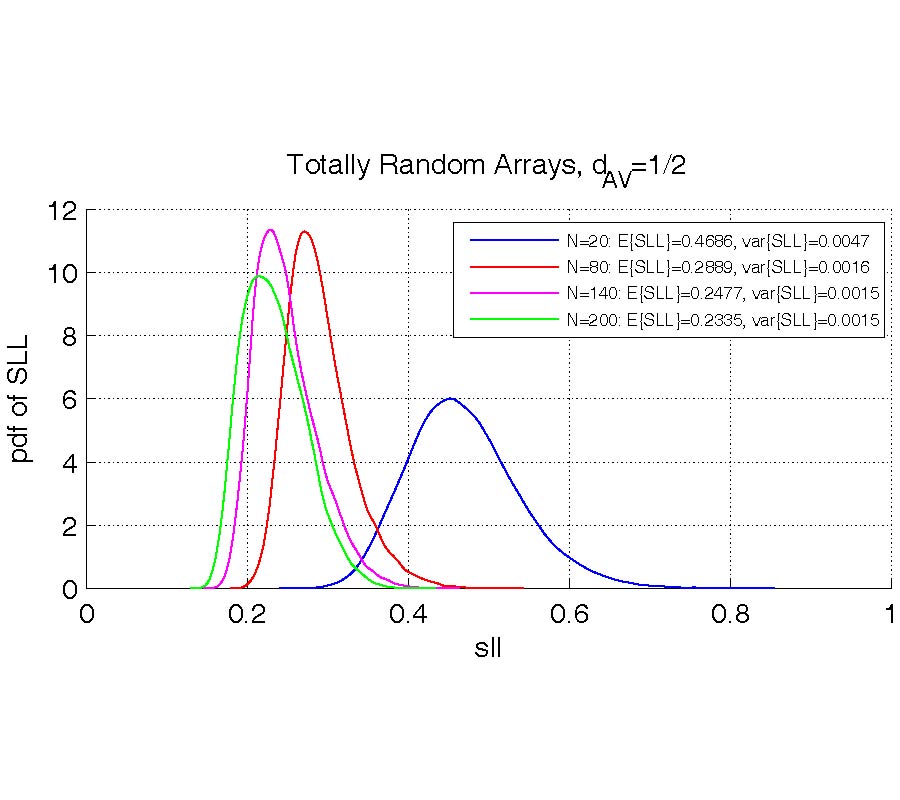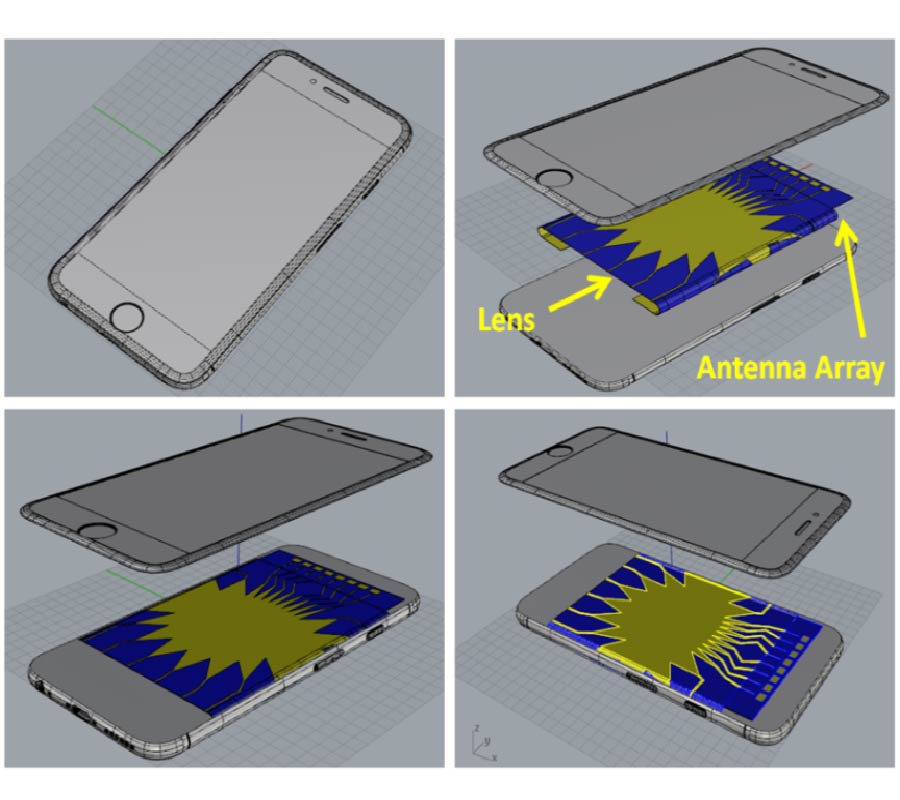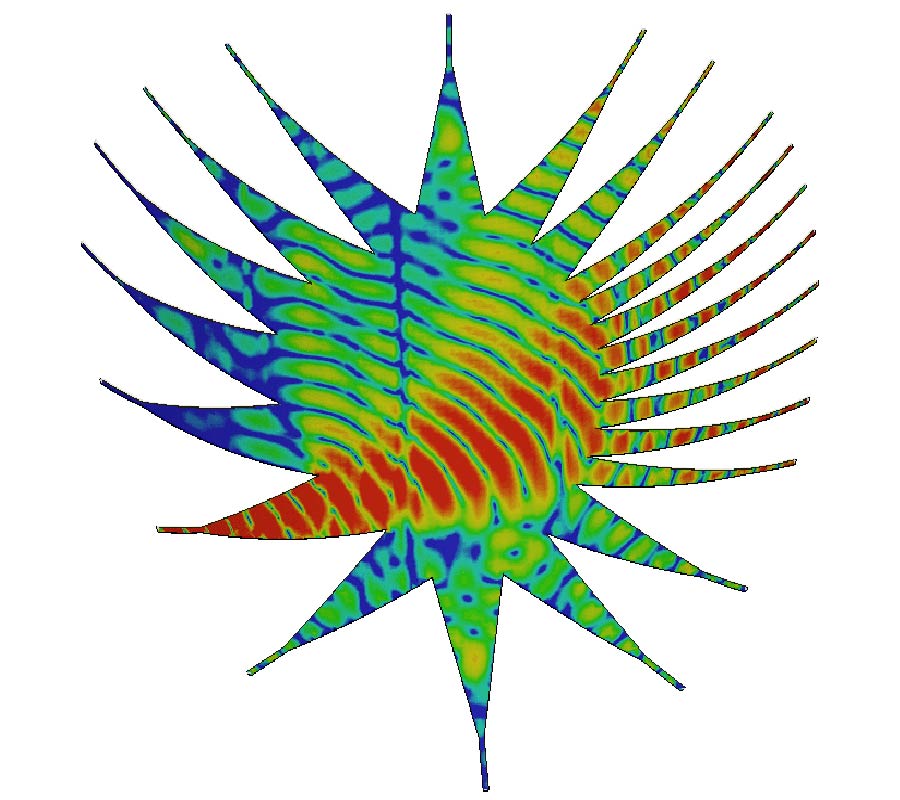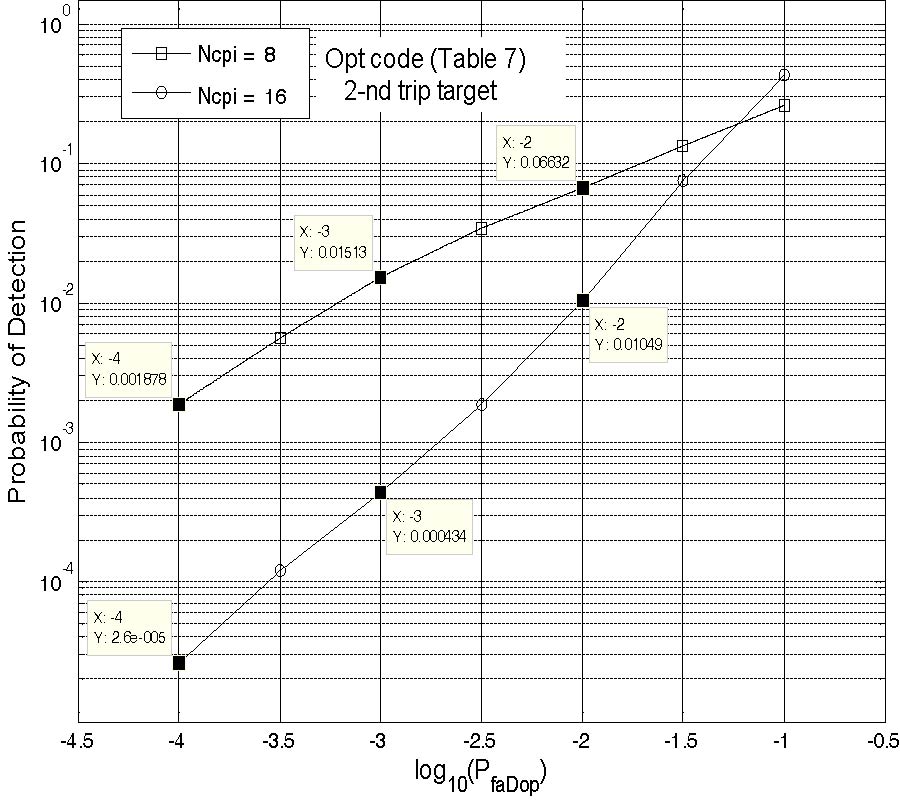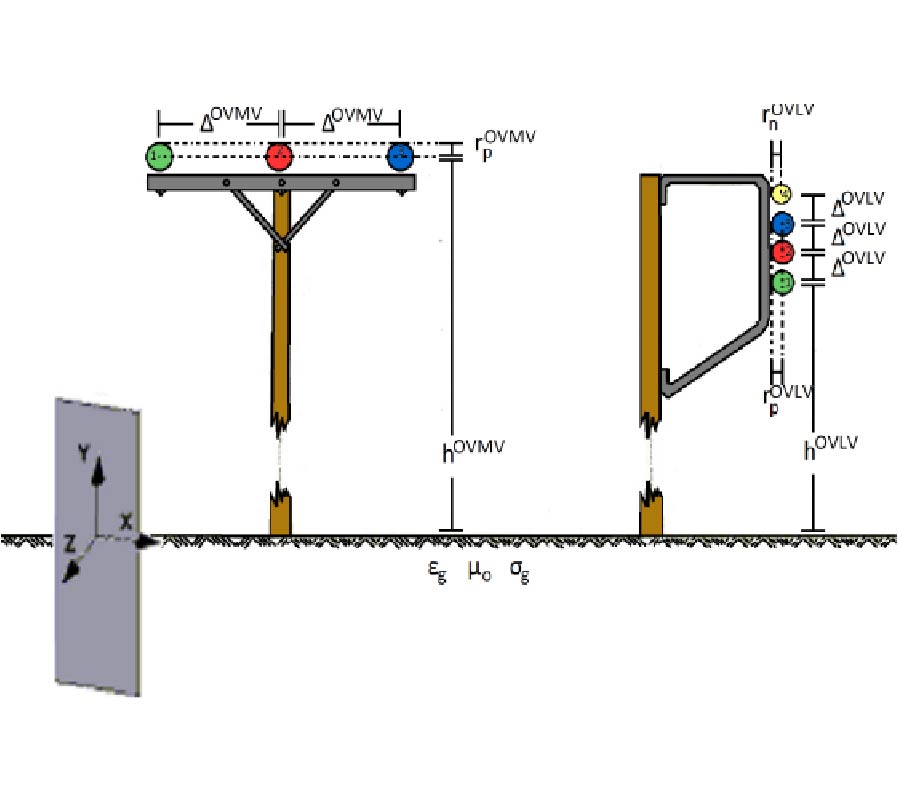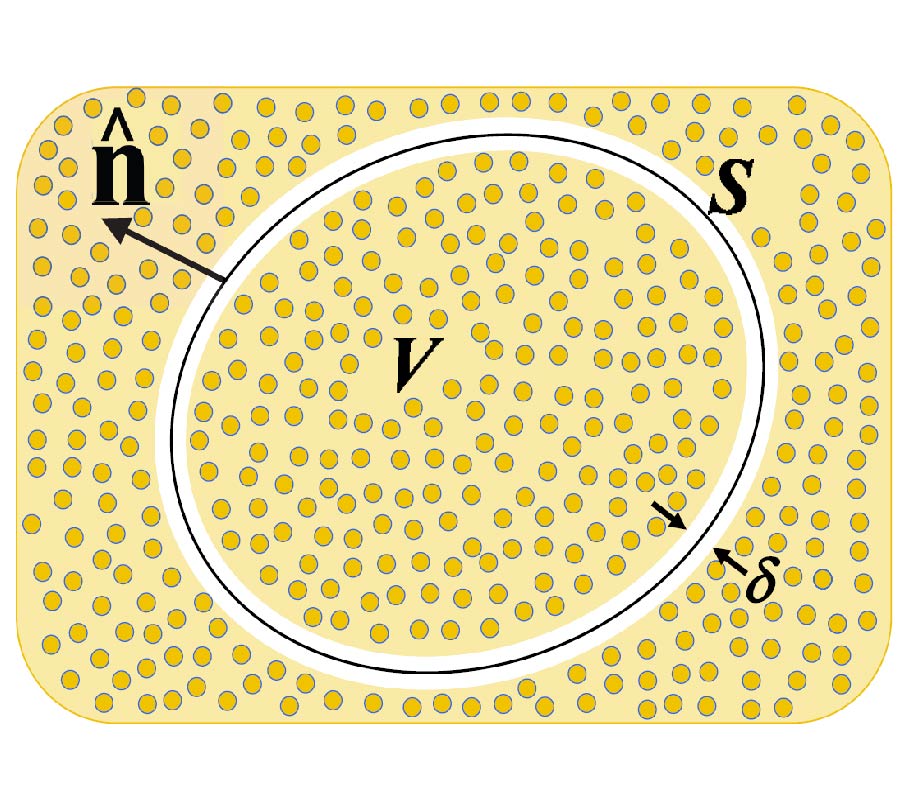Analytical and Numerical Evaluations of Flexible V-Band Rotman Lens Beamforming Network Performance for Conformal Wireless Subsystems
Ardavan Rahimian,
Yasir Alfadhl and
Akram Alomainy
This paper presents the analytical design and numerical performance evaluation of novel V-band millimetre-wave (mm-wave) beamforming networks (BFNs), based on the Rotman lens array feeding concept. The devices are intended for operation in the unlicensed 60-GHz frequency band. The primary objective of this work is to study the feasibility of designing flexible V-band beamformers, based on liquid-crystal polymer (LCP) substrates. The planar Rotman lens device has been initially developed, and the output performances, in terms of the scattering parameters and accuracy, have been analysed. This is further continued with the detailed designs of the Rotman lens BFNs based on the four different proposed flexural cases, namely the concave-axial bending, the convex-axial bending, the concave-circumferential bending, and the convex-circumferential bending. Each of the flexures has been analysed, and the performance in terms of the surface currents and phase distributions, as the primary functionality indicators, has been presented. The presented flexible beamformers exhibit significant characteristics to be potentially employed as low-cost and efficient units of the mm-wave transceivers with the in-built beam steering capabilities for the conformal wireless subsystems.
